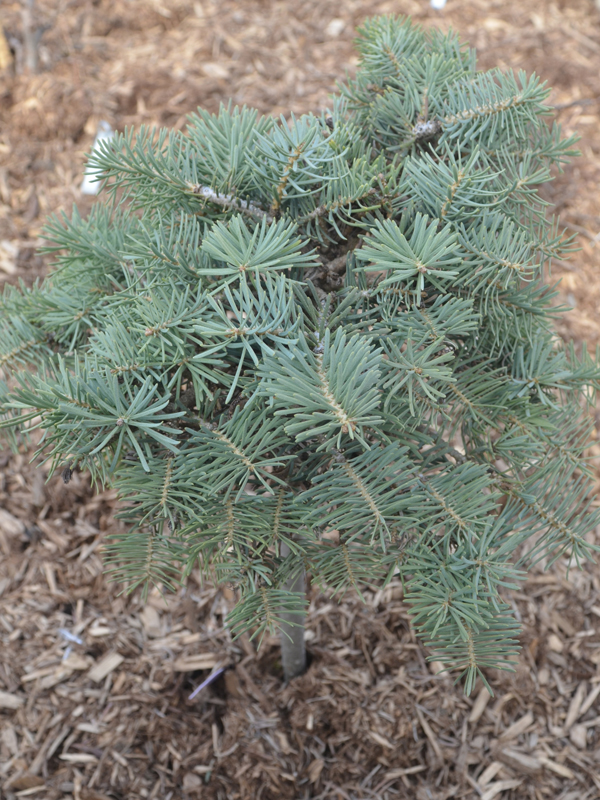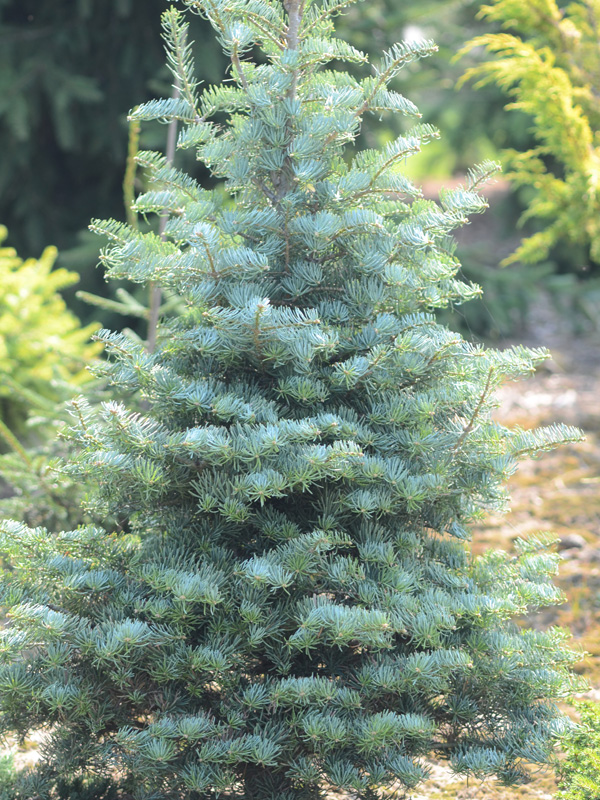| General Description | A broadly pyramidal tree, equal in stature to the more commonly planted Blue Spruce. |
| ID Characteristic | Coarse, blue tinged, flat needles, arranged around the upper portion of the branches. |
| Shape | Broadly pyramidal. |
| Landscape | A large plant that should be given room to showcase its form, it can be used in most landscapes where ordinary spruce would be used. |
| Propagation | From seed, 5°C at thirty days in a moist medium. For selections: grafted scions should be used on A. concolor seedling rootstock. |
| Cultivation | As easily cultivated plant if given good soils and adequate moisture during summer droughts. The pictured specimens receive no care but are planted in good, but light soils. |
| Pests | None that I have observed, although poor cultural conditions can have an impact on its vigour. |
| Notable Specimens | The University of Western Ontario and Rayner Gardens, London, Ontario, Canada. |
| Habitat | Mountain slopes of the American Rockies. |
| Bark/Stem Description | Smooth grey when young, flat fissured when older. |
| Flower/Leaf Bud Description | Light brown, blunt tipped buds often resinous. |
| Leaf Description | Coarse, blue tinged, flat needles, arranged around the upper portion of the branches. |
| Flower Description | A purple red colour and very, very visible. |
| Fruit Description | Quite unique, but seldom seen in Ontario. Held upright on the tops of the branches they gradually disintegrate to release their seeds. Immature cones are a dull blue. |
| Colour Description | The blue colour can be variable depending on propagation method: seed or clonal selection. |
| Texture Description | Medium textured, although softer looking than Blue Spruce. |

